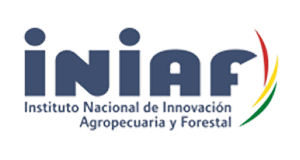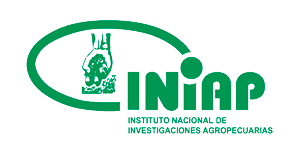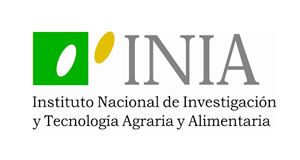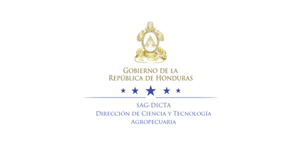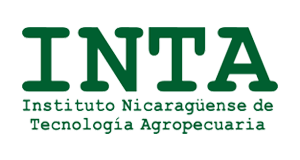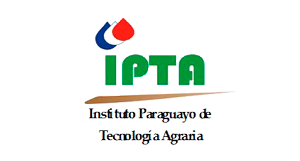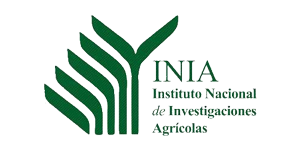Adaptation of agriculture to climate change in LAC
A proposal of technological, organizational and institutional innovations to promote the adaptation of family farming to climate change and the mitigation of greenhouse gas emissions.
Context of the story
In the coming decades, the demand for food will substantially increase, which will require increasing agricultural production in a sustainable manner, without affecting other environmental services. However, climate change and the frequent occurrence of extreme events are affecting productivity, which requires technological innovation, supported by enabling policies, to reduce farm vulnerability and promote adaptation and mitigation of greenhouse gas emissions.
How to adapt agriculture to climate change?
The implemented initiative
A study carried out by CATIE that identified and analyzed, through consultations with regional experts and other tools such as modeling, a set of technological and institutional interventions and innovations that contribute to increasing productivity, adapting agriculture and livestock to climate change, mitigation of the emission of GHG, the conservation of natural resources, the reduction of vulnerability and the resilience of family farming.
Innovate for adapting to climate change.
The technological solution
Food demand and agricultural production in LAC was analyzed under different climate change scenarios, and adaptation strategies are proposed. The probable territorial adaptation of 22 crops to the climatic scenarios was estimated. Thirty-five experts from the region participated through two virtual consultations that identified 23 innovations aimed at improving water capture and use, soil conservation and fertility, the appropriate use of genetic diversity and the rational management of feed resources for livestock and of excreta and crop residues. The agro-ecological zones where they have the greatest application potential, how they contribute to reducing vulnerability, the requirements for their adoption and the expected benefits are indicated. The enabling conditions of the changes leading to resilient production are pointed out and the reengineering of the research and extension systems is proposed, acknowledging the differences between countries.
Innovations guided by small farmers, adapted and economically and environmentally sustainable, provides food security.
Participating countries
Results
The future food demand, the probable future climate scenarios, their effects on agriculture, and the adaptation territories of different crops are summarized. Technological and institutional innovations to reduce vulnerability and promote adaptation to climate change are described. The enabling conditions of the changes towards a resilient agriculture are identified, including the reengineering of the research systems and the political framework. It is suggested that regional integration organizations endorse the proposed innovations and apply them in research and development programs and projects funded in the region and in strengthening national research institutions.
Infographic
Innovations for adaptation to climate change
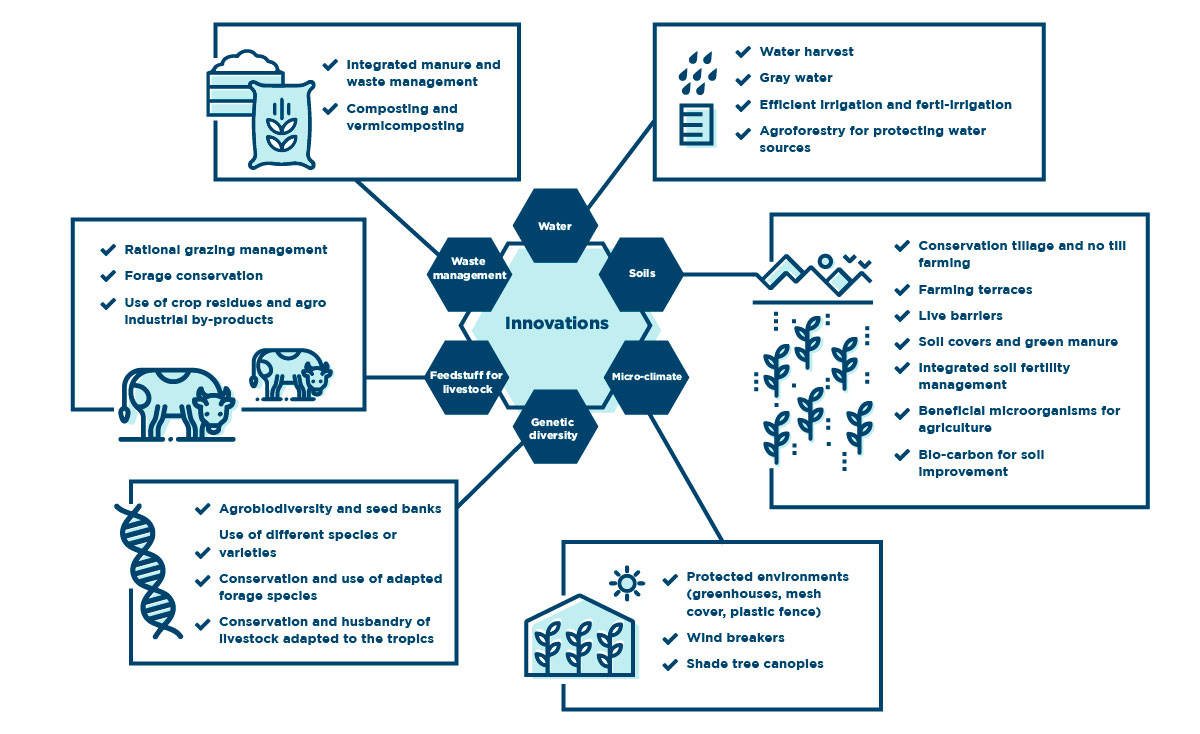

 Back to the project
Back to the project United States
United States Argentina
Argentina Bolivia
Bolivia Chile
Chile Colombia
Colombia Costa Rica
Costa Rica Dominican Republic
Dominican Republic Ecuador
Ecuador Honduras
Honduras Nicaragua
Nicaragua Panama
Panama Paraguay
Paraguay Peru
Peru Spain
Spain Uruguay
Uruguay Venezuela
Venezuela

